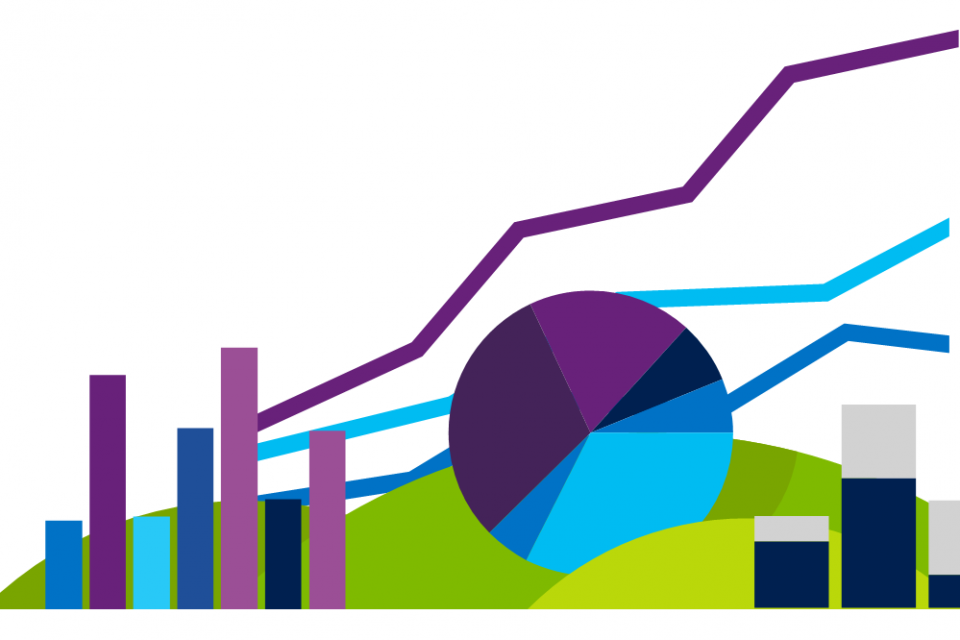By Don Grantham,
![numbersquares_Thumb[1]](https://news.microsoft.com/wp-content/uploads//2015/03/numbersquares_Thumb1.png) Let’s consider this. Of the seven billion people on the planet, three billion are already connected to the internet, and this number is sure to rise at a rapid pace. Within this context of a mobile, connected world, businesses have access to a massive amount of information about their customers, operations, employees and the broader marketplace. The installed base of mobile and other computing devices that generate all this information, will only grow in the next few years, reaching 212 billion by the end of 2020 (IDC 2013).
Let’s consider this. Of the seven billion people on the planet, three billion are already connected to the internet, and this number is sure to rise at a rapid pace. Within this context of a mobile, connected world, businesses have access to a massive amount of information about their customers, operations, employees and the broader marketplace. The installed base of mobile and other computing devices that generate all this information, will only grow in the next few years, reaching 212 billion by the end of 2020 (IDC 2013).
But a growing mountain of data is useless unless organisations are able to pull out and distil smart insights that support savvy business decisions.
Insights derived from ‘big data’ have the potential to revolutionise organisational decision making, helping organisations maximise efficiency, build stronger relationships with customers and stay a step ahead of the competition. Yet, many businesses keep their data in silos and analyse these data sources using older antiquated tools. Further, this data frequently stays in the hands of a small number of people across the company – such as IT or data scientists – preventing key insights from reaching the business decision makers who can meaningfully act on it.
A recent IDC study commissioned by Microsoft found that businesses worldwide have an opportunity to gain $1.6 trillion in top-line revenue in value from data over the next four years, using it not only to increase productivity, but to optimise processes, and better manage customer relationships. This is what we call the data dividend at Microsoft. According to the research, companies can realise their data dividend when they combine diverse data sets, use effective analytics tools and disseminate insights to the right people across their organisations, at the right time.
![BUSSES_Thumb[1]](https://news.microsoft.com/wp-content/uploads//2015/03/BUSSES_Thumb1.png)
The Helsinki Bus Transportation Company in Finland is a good example of how data analytics can help a company be more cost efficient and provide customers with better services. The company recently deployed Microsoft Power BI for Office 365 to improve business decision-making, derive fuel economy and boost customer satisfaction. With the addition of a visualisation platform, supervisors at the company are now able to monitor operational performance across the network, identifying which bus routes experience the most delays, breakdowns, and traffic incidents and receive customer feedback. The platform enables executives to understand the factors that contribute to cost or performance issues in order to make better informed long-term decisions.
Within the first two years of implementation, the organisation has seen a strong return on investment from the solution, saving as much as five percent in fuel costs and improved maintenance with less vehicle downtime. Additionally, the improved service has been very well received by citizens in Helsinki and the latest customer surveys have shown a seven percent increase in customer satisfaction since the deployment of the solution.
Speed of data is also a critical factor for European organisations – time is money when it comes to data, particularly in certain industries like the healthcare sector. Supported by business intelligence tools, health organisations are using predictive and prescriptive insights from data to cost-effectively improve and manage patient health. In a region like Europe where public budgets are shrinking, analytics applied to hospital, community, and social services can deliver intelligence about emerging trends, and reveal unknown risk factors, leading to better preventive care. The Department of Health in the Pomorskie Region in Poland is using business intelligence to monitor healthcare provision in the region and support public health providers. Currently the system covers 14 large hospitals, with a total of 340,000 patients treated each year. In time the system will collect data from 20 hospitals serving 2.3M citizens in the region. Through one of our Microsoft partners, SGA, the region developed an application named Hospital Activity Simulator (HAS) which is built on Microsoft Excel and distributed by a web portal called MyHospital. The app uses SQL BI to analyse performance for each hospital down to specialties, individual treatments and providers. Furthermore, the ability to compare patient and hospital data provides the health system’s leaders with great visibility of current health trends and predicts the level of services that will be required in the future.
![datatools_Thumb[1]](https://news.microsoft.com/wp-content/uploads//2015/03/datatools_Thumb1.png)
These two customer examples show how businesses are not only finding new ways to create efficiency but to improve service at the same time. There is a great opportunity to bolster productivity and growth in the private sector and improve citizen services in the public sector if organisations embrace the opportunities now available via data analytics. By starting small with existing data and the right tools, organistions can make the right decisions today and pave the way for success tomorrow.




